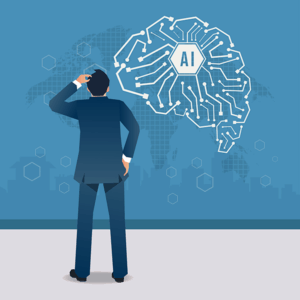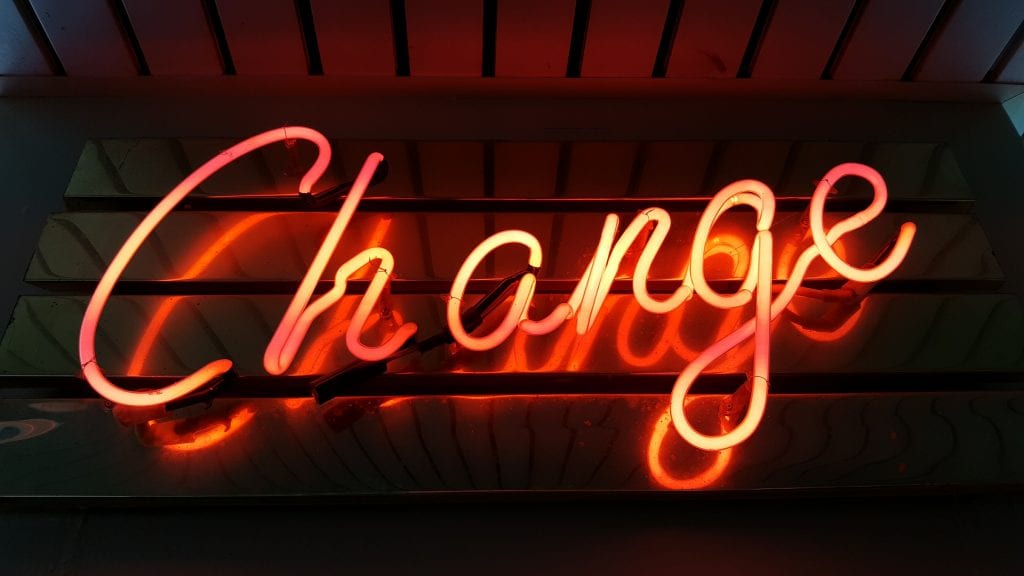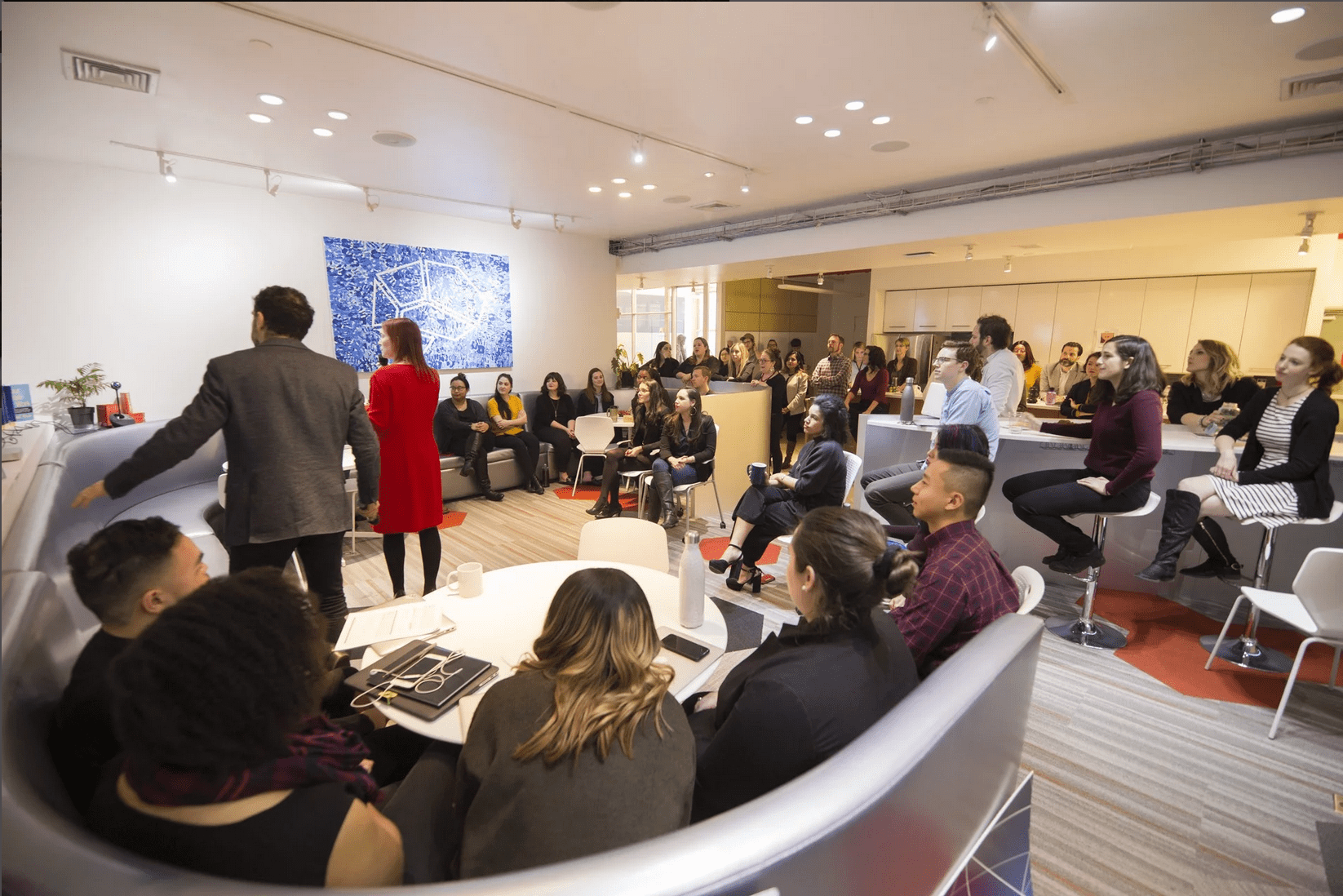Increasingly, equity is finding its way into conversations, organizations, and acronyms across the world. But there’s a lot of noise, and many misconceptions, about what equity means and how it applies to organizations. As a result, many business leaders aren’t quite sure how to define, develop, or deploy the “E” in DE&I. In Season 4’s final episode, our panel helps you reduce some of the noise by following the science. NLI’s Janet Stovall, Senior Client Advisor, is joined by Dr. Michaela Simpson, Senior Researcher, and Dr. Dominic Packer, Professor of Psychology, Lehigh University. Together they provide science-informed, applicable guidance to help solve systemic inequity and increase equity.

AI
Is AI Costing Us the “Stuff of Thought”?
The rise of AI agents found in all corners of the workplace, including high-stakes conversations – where bots can sometimes represent as many as half the expected group – is





